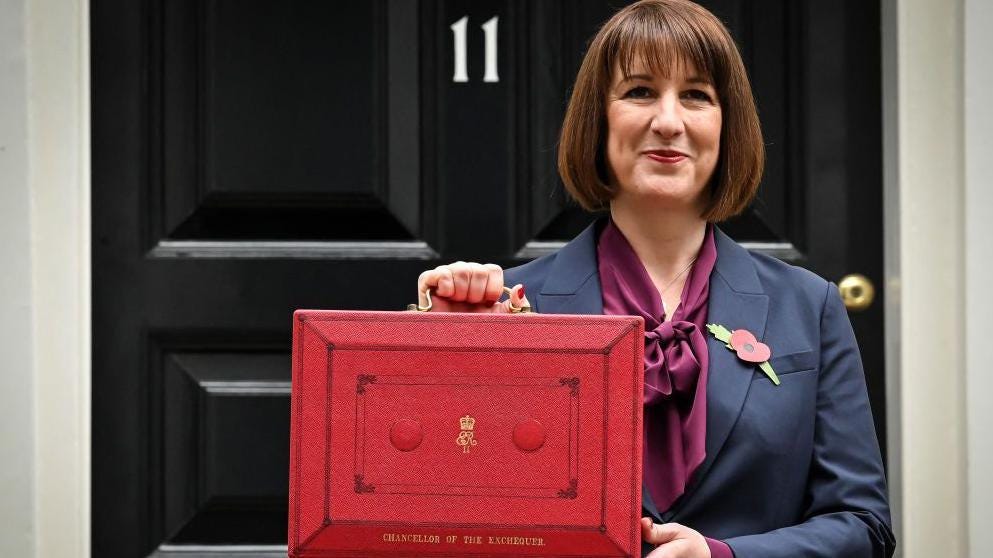UK fiscal strains are back in focus as long‑dated gilt yields surged to multi‑decade highs, sterling weakened, and the DMO sold a record £14bn 10‑year gilt; with an Autumn Budget now set for 26 November, markets are testing the government’s fiscal resolve.
What happened?
UK long bonds spiked: the 30‑year gilt yield pushed to ~5.72–5.75%, the highest since 1998, while 10‑year yields hovered around the high‑4s; sterling fell more than 1% at one point. The move came alongside a global bond sell‑off. At the same time, the Debt Management Office launched a new 4¾% 2035 gilt via syndication—its largest issuance event—raising ~£13.8bn cash on £14.0bn nominal with total orders of ~£141bn; year‑to‑date gilt sales reached ~£144.1bn against a £299.1bn remit. July public finances showed borrowing of £1.1bn (lowest July in three years) but cumulative borrowing of £60.0bn in FY‑to‑July (third‑highest on record), with public debt around 96% of GDP. The Bank of England continues active gilt sales from its QE portfolio, with a Q3 schedule across short, medium, and long maturities.
Why does this matter?
Higher debt‑servicing squeeze: Elevated yields lift the government’s interest bill—already around £105bn in 2024–25 on OBR projections—tightening room for manoeuvre as tax‑to‑GDP sits near historic highs.
Supply overhang and QT: The 2025–26 plan implies ~£299bn of gilt issuance plus net T‑bill supply, while the BoE is simultaneously selling APF gilts, adding duration to the market and potentially amplifying term premia.
FX and spillovers: Higher UK rates and fiscal jitters pressured sterling and contributed to equity wobble, underscoring how gilt volatility can ripple through broader UK risk assets.
Policy constraints into Budget: With the Budget fixed for 26 November and debt near six‑decade highs as a share of GDP, fiscal choices on taxes, spending, and investment will be judged against tighter market tolerance.
What’s the counterpoint?
The financing machine still works: July borrowing was below a year ago and year‑to‑date is broadly in line with OBR profiles; debt interest as a share of revenue remains below the pre‑2007 median, tempering the alarmist read‑through from headline cash numbers. And the record 2035 syndication drew ~£141bn of orders—evidence of deep demand even at higher yields—while the BoE has shown flexibility to tweak its sales cadence when volatility bites. Much of the rate move also reflects a global sell‑off, not UK idiosyncrasy alone.
finformant view
The UK’s challenge is less about market access and more about price and credibility: elevated term premia and heavy net supply will keep long yields sticky unless policy signals deliver a clearer, multi‑year consolidation-and‑growth mix. Expect issuance tactics (maturity mix, syndication use), BoE QT pace, and November’s fiscal arithmetic to drive whether 30‑year yields settle back—or entrench near late‑1990s levels.



